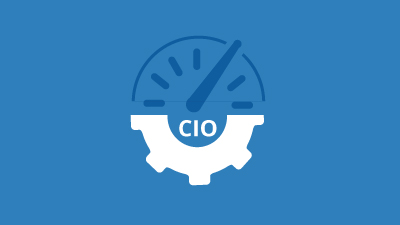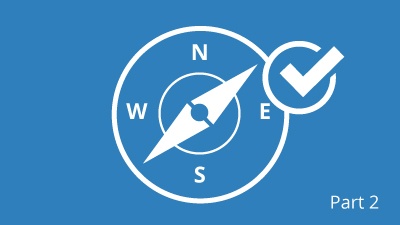How the CIO Lost Control

Is the CIO going extinct? While it may be premature to proclaim the end of the Chief Information Officer in corporate life, the role is definitely facing existential challenges unlike any that have come before. Non-tech executives are taking IT matters into their own hands, often with sub-optimal results. The CIO does, and should, have an important role to play in making technology a key element of strategic success. The challenge for the CIO is to regain control.
Survey Says: Companies are Bypassing the CIO in Record Numbers
Shadow IT is no longer in the shadows. As reported in ZDNet, the annual Harvey Nash and consultant KPMG's annual CIO survey reveals that 64% of business are now allowing tech to be managed out of its official home, the IT department. Shadow IT used to be seen as a bad thing, but now, it’s right out in the open. If you’re a CIO, this is not good news.
The report says that line of business (LOB) managers are frequently setting up their own IT solutions, usually with pay-as-you-go cloud solutions. With this approach, they can avoid what they see as cumbersome rules, governance policies and delays. From the perspective of the LOB manager, it’s a win-win. The IT department has one less thing to worry about. The business unit gets their solution, right way. It seems that anyone can manage it. You don’t need to be an IT expert to use a web-based admin panel, do you?
The Risks of Do-It-Your IT
Rampant shadow IT is not good for business. Even if it offers seemingly immediate benefits, there’s a cost (and not a few risks) that come with having LOB managers set up IT solutions using browsers and credit cards. In our experience, problems that can arise from taking the CIO out of the IT loop include:
- Security vulnerabilities, e.g. from deficient controls over access to sensitive data
- Compliance risks, e.g. violating laws that prohibit placing personally identifiable data on public cloud servers
- Inefficient business processes, e.g. duplicating efforts being made elsewhere in the business
- Lack of data sharing, e.g. missing the opportunity to let other areas of the business benefit from data created in the “shadow” solution
- Loss of customer data and master data issues
Broadly, though, some of the biggest drawbacks to shadow IT projects come from missing the opportunity to make technology a key strategic success factor in the business. It may seem as if the business unit is charging ahead with a strategic use of technology, but generally, the short-term benefits are outweighed by the negative effects of the process.
Making the CIO Part of the Solution
How can the CIO regain her authority to be the leader in all serious IT initiatives? The easy answer is to invite the CIO into critical discussions about the strategic use of technology. This is not as simple as it sounds, though.
For one thing, some CIO circumventions are deserved, or at least understandable. If it takes months to get a simple IT solution set up or modified, LOB managers are going to look for shortcuts. From the LOB manager’s perspective, it might look like this: My bonus is dependent on growth, which is dependent on having an IT solution in place, which is dependent on the CIO, who is telling my the solution is 9 months off in the future—meaning, I will lose three out of four quarters during which time I could have been working toward my bonus. No thanks!
Once invited, the CIO needs to be able to deliver solutions quickly. These solutions have to be flexible enough to adapt to the inevitable changes that will occur once they are deployed. The old days of setting up a legacy ERP or financial system and updating it twice a year are over. Now, with cloud ERP, for example, it becomes possible to modify the system at a tempo that matches business requirements in real time.
We have helped CIOs regain control and avoid the unenviable scenario of being pushed aside. If you are interested in learning more about this process, let’s talk.
“We decided to move to Acumatica ERP in Jan 2015. Our partner is Cloud 9 ERP Solutions and we have been very happy with them. They have walked us through the implementation process, dug in and found solutions when we needed to do something a little differently and gone to bat for us when we needed help. Overall, we couldn’t be happier with our move to Acumatica and working with Cloud 9 ERP Solutions.”
Chris Sanford (CIO, Classical Conversations)


